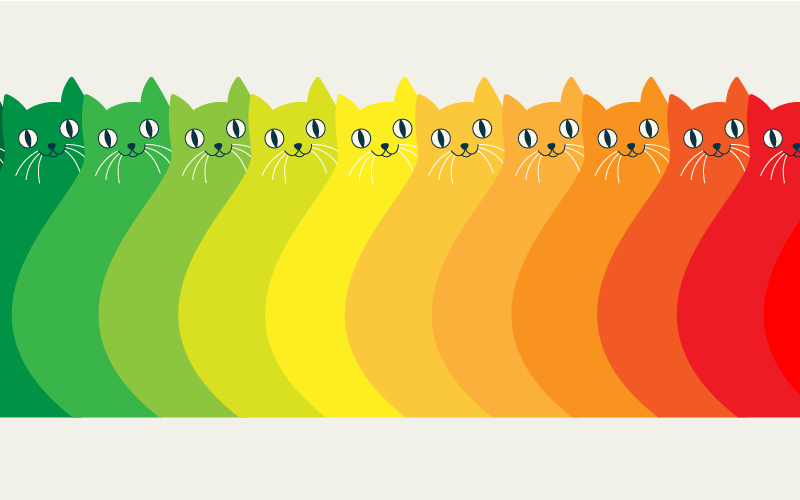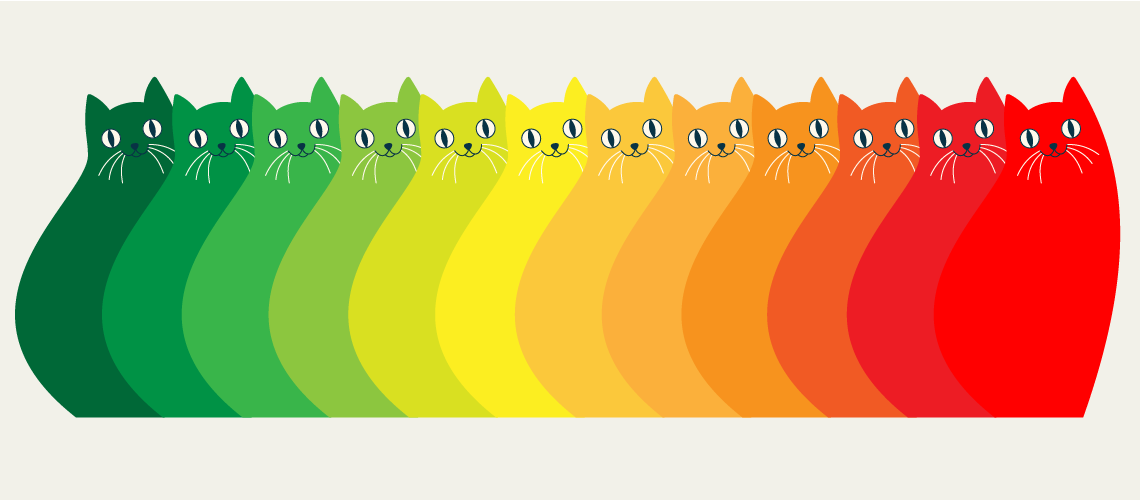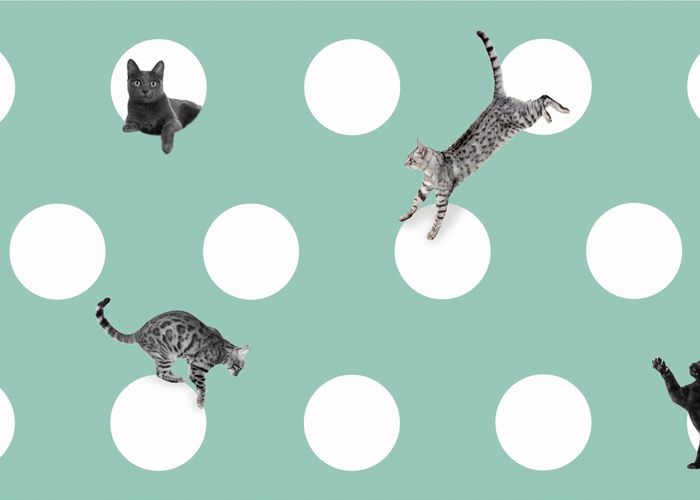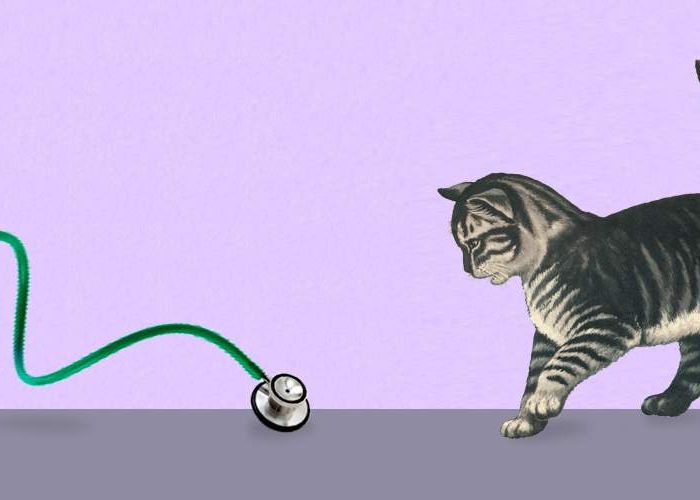

Why Diagnostic Screening Is Essential for Better Health Outcomes in Cats
Preventive care is the foundation of long and healthy lives for our pets. For dogs, routine diagnostics are standard protocol during wellness exams. However, cats remain consistently underserved in this area. Despite being the second most popular pet in U.S. households, feline patients are less likely to receive routine diagnostic screening, often resulting in delayed detection of chronic or life-threatening diseases.
New research from Vet Advantage, including data from a large-scale IDEXX study, underscores a concerning trend: Many seemingly healthy cats are actually living with early-stage disease. These diseases are only detected through lab testing at regular wellness visits. This reinforces the urgent need for veterinary practices to implement standardized testing protocols for felines.
Below, we'll explore the importance of regular veterinary care for cats, outline the current barriers to feline preventive care, examine the findings from Vet Advantage, and emphasize how diagnostic screening improves feline patient outcomes, client satisfaction, and practice success.
Why Are Felines Underserved in Routine Care?
Often, feline disease goes undetected because cats don't receive the same level of preventive care and diagnostic workups as dogs. Many factors drive this lack of routine wellness visits. Some reasons that felines are underserved include:
- Owner misperceptions: Many cat owners erroneously believe their pets are low-maintenance and don't require regular vet visits unless symptoms arise. The common misconception that indoor cats are immune to disease contributes to a lack of regular wellness visits and, in turn, to missed opportunities for early diagnostic screening.
- Overlooked subtle symptoms: Cats instinctively mask signs of illness. Unlike dogs, which exhibit noticeable changes in behavior when unwell, cats often tend to hide or become quieter when under distress. Subtle signs, such as weight loss, mild lethargy, or changes in litter box habits, can often go unnoticed. The disease may be advanced by the time owners recognize an issue. Diseases such as chronic kidney disease (CKD), hyperthyroidism, and diabetes may present with only mild or non-specific symptoms—making them easy to miss without lab testing.
- Infrequent veterinary visits: According to the American Association of Feline Practitioners (AAFP), cats visit the veterinarian 50% less frequently than dogs. Transportation stress, anxiety in clinical settings, and perceived lack of necessity all contribute to reduced exam frequency and fewer chances for routine diagnostic tests.
All of this has consequences—namely, feline illnesses often go undetected in their early stages. Without proactive and regular testing, veterinarians usually detect diseases only in advanced stages when treatment is less effective.
Research Shows the Need for Improved Feline Diagnostics
Recently, Vet Advantage shared findings from the CATalyst report, "State of the Cat: Wellness and Nutrition 2024," highlighting the need for improved feline diagnostics. The study surveyed 400 veterinarians and 1,900 cat owners from 1,250 practices that care for 1.5 million feline patients across the U.S. over a three-year period.
Through this research, a troubling pattern emerged: A lack of preventive care led many cats to be diagnosed with severe chronic conditions such as kidney disease and hyperthyroidism, only after symptoms became severe.
Benefits of Routine Diagnostic Tests for Felines
Implementing consistent diagnostic testing as part of every feline wellness visit can vastly improve health outcomes and client trust. Routine wellness tests help identify silent or subclinical diseases, enabling earlier and more effective interventions.
Some of these common, yet overlooked, tests include:
-
Complete blood count (CBC) and biochemistry profile: Useful in identifying infections, anemia, kidney, and liver function issues.
-
Thyroid testing: Essential for detecting hyperthyroidism, particularly in cats over age 7.
-
Urinalysis: Helps identify early renal dysfunction and urinary tract infections.
- Fecal antigen testing: Identifies parasites potentially missed with other fecal tests.
-
Feline infectious disease screening: Detects feline immunodeficiency virus (FIV), feline leukemia virus (FeLV), feline heartworm disease, and other transmissible conditions.
Routine use of these panels enables proactive care and acts as a vital safety net, catching issues that exams and histories alone may miss. For example, one of the most common feline conditions, chronic kidney disease (CKD), can be managed for years with dietary changes and medications if caught early. Similarly, hyperthyroidism responds well to medication, radioactive iodine therapy, or surgery when identified before complications arise. However, when undetected, these diseases can be more challenging to treat.
Standardizing Feline Diagnostic Protocols
The evidence is overwhelming—routine diagnostic screening is not only helpful, but also medically necessary for cats. Standardizing feline wellness protocols to include routine bloodwork and urinalysis improves the quality of care and supports better health outcomes for pets.
The benefits go beyond patient health and can also impact the veterinary practice, including:
-
Improved patient outcomes: Early diagnosis leaves patients with a better prognosis than an end-stage diagnosis. Routine testing can lead to timely intervention, slowing or even reversing disease progression.
-
Client education and satisfaction: Owners want the best for their pets. When veterinarians communicate the value of routine diagnostics, clients are more likely to agree to testing and appreciate the proactive approach.
-
Increased practice loyalty: Though health outweighs the bottom line, routine diagnostic tests increase per-visit value while reducing emergency visits and client turnover. Furthermore, it positions your practice as thorough, modern, and compassionate, building trust and confidence with clients.
The Future of Feline Health Starts with Testing
Cats deserve the same rigorous preventive care that dogs receive. The misconception that they require less frequent diagnostics is both outdated and dangerous. The research highlighted by Vet Advantage makes it clear: Silent disease is common, and diagnostic screening is the key to catching it early.
Routine feline diagnostics are more than informative—they're necessary. By embracing standardized testing protocols and establishing a new standard of feline care, veterinary practices can ensure better patient health, happier clients, and stronger long-term outcomes.







